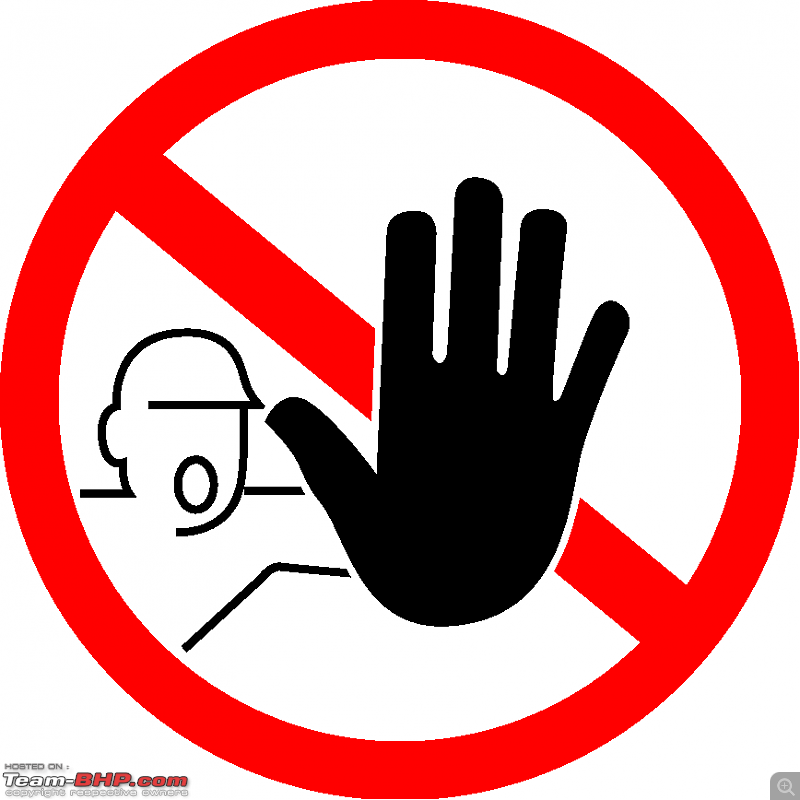
Pic source:
www.commons.wikimedia.org
I had an old tata indica v2. It was a lemon. What started out as a simple A/C 'not functioning' problem ended with engine failure, gearbox issues and electrical issues more than I care to remember. Tata engineers had given up on the vehicle. Tata vehicles were selling well (back in those days), and hence Tata couldn't care less about me.
Fortunately-unfortunately, the Indian 'jugaad' solutions helped me run this car for 90k kms before I got fed up (thankfully, resale was good and I did recover some money I had put into this car). I still marvel at my stupidity of keeping this car for so long. But, I did learn a lot from this vehicle. I am listing down some of the most important things that you shouldn't ignore in your vehicle. It doesn't matter whether you are an enthusiast or not. You simply shouldn't ignore these crucial things.
After all, with freedom (which a car provides), comes responsibility.
I like to think of cars not as machines, but rather a collection of various individual machines that all work together. But those components break down and we have to fix them, and some are more serious than others.
It's not the end of the world if you go a little longer than you should on oil changes from time to time. But there are some parts on your car you should never ignore, lest they put your safety at risk.
To give you a very crude analogy: Say you are involved in a fatal accident. You are rushed to a hospital. Investigations reveal that you have damage to various internal organs such as heart, brain, kidneys, spleen, liver etc. When the doctors are treating and operating upon you, their first priority will be save the brain, heart, lungs and kidneys. Damage to spleen, liver and intestines can be managed at a later stage. They don't pose an immediate danger to your life (This is a very crude analogy. There are lots of factors involved. Please do not come down on me on this aspect).
Ignore these, and you'll risk not only your hard earned money but also your life:
1) Tyres
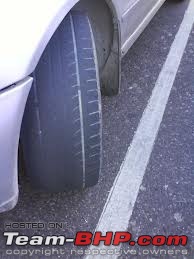
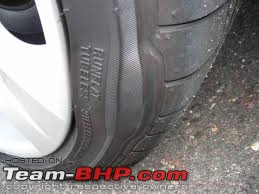

Pic source:
www.kugaownersclub.co.uk www.e90post.com www.boards.ie
I cannot even begin to emphasize on this point. The most important of all the listed points. Today, tyres are designed to take a lot of abuse but ignore them, and you are inviting Lord Yamraj.
These are your only contact on the roads. Keep a regular check. Inspect the tread, the alignment and rubber on the tyre. For more info read this thread on t-bhp:
1.
http://www.team-bhp.com/forum/tyre-a...t-blowout.html
2.
http://www.team-bhp.com/forum/techni...top-shape.html
2) Brakes
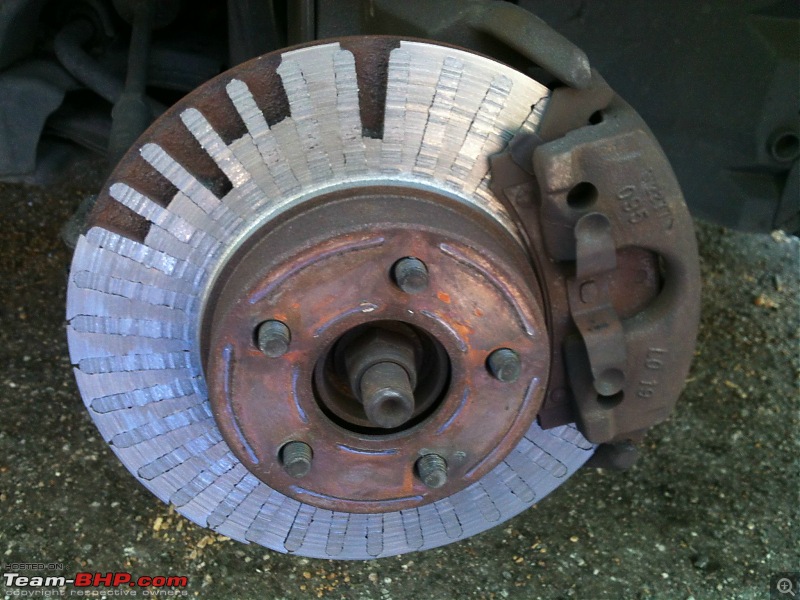
Pic source:
http://www.reddit.com/r/Justrolledin...airplane_when/
While you can save some money by using handbrakes for low speed braking, and engine braking; using these techniques you will not face a problem at city speeds. But what will happen when you see a pram rolling out in front of you? Never ignore your brake cylinders and brake lines. And for god's sake, please keep a thorough check on your brake pads and rotors!
3) Ball joints
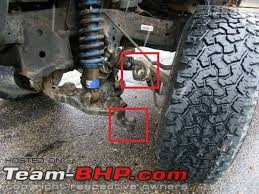
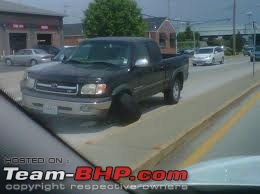
Pic source:
www.toyota-4runner.org www.tacomaworld.com
Ball joints are your pivot between your steering and suspension. A bad strut / linkage will not endanger your life, but a bad ball joint..well inform your wife to prepare a sumptuous feast for Lord Yamraj.
The ball joint design in most cars resembles the ball and socket type joint found in the hip joint of humans. I'll leave it to your imagination what will happen when your hip joint will fail..
4) Timing belt
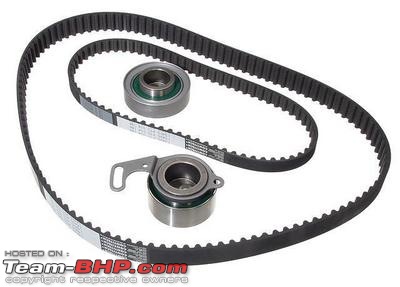
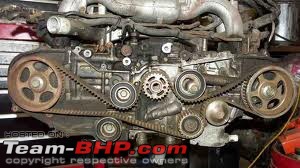
Pic source:
www.subaruvanagon.com www.crosslyn-garage.co.uk
I speak this from personal experience. The indica in question one fine day decided to break down in the middle of nowhere. I thought it must have been the electrical theatrics the car loves to show me. My oh my..I ended up spending big $ on complete engine overhaul. Destroyed valves / pistons = death of engine.
Timing belt / chain / camshaft belt is a part of an internal combustion engine that synchronizes the rotation of the crankshaft and the camshaft(s) so that the engine's valves open and close at the proper times during each cylinder's intake and exhaust strokes.
This is one component which is usually recommended to be replaced at long intervals, and is blissfully ignored by most owners (either due to lack of awareness or due to pure laziness). The regular A.S.S. are also very unenthusiastic in performing this critical preventive maintenance because:
1. In many cars, its a very cumbersome and sometimes labour intensive job.
2. By not replacing this part, the likelihood of engine failure shoots up, and they can earn more money from engine overhauls.
5) Fluid levels
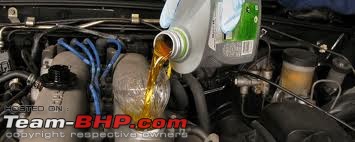
Pic source:
www.randystire.ca
It's one of the simplest things you can do. Just keep a regular check on the brake fluid, coolant, engine oil fluid levels. For your own convenience all manufacturers label the min. and max. levels on the containers. I mean, it takes less than a minute to just pop up the hood and check up the levels.
If the engine oil is less, you kill the engine.
If the brake fluid level is less, you kill the others in your car
If the levels are falling, then your engine / system has a leak somewhere.
Replace and top up as advised by the manual.
6) Fuel lines
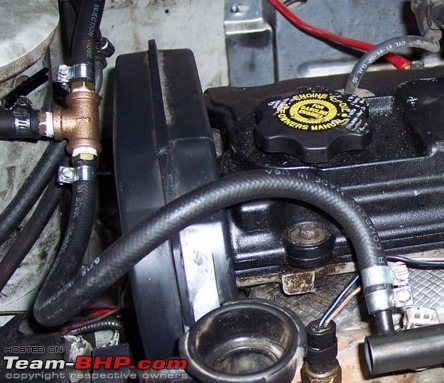
Pic source:
www.turbododge.info
Although not much of an issue in today's modern gen cars, I will still advise you to inspect these by a local mechanic at regular intervals. The phobia is mainly due to some earlier generation cars whose design flaws made them more susceptible to these lines becoming leaky and well..car catching fire!
Another reason for a regular inspection: most fuel lines are made of rubber, and rubber being rubber will have problems over time.
7) Lights
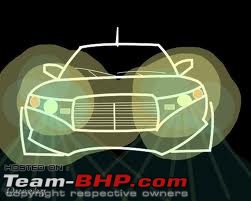
Pic source:
www.queeky.com
Just keep a check whether all your lights are functioning or not. I have once had a near miss when I misjudged a single headlight for a motor-cycle; it turned out to be a car! That one bulb on the brake lamp not working? Replace it! It will cost you less than 50 bucks and save not only your life but also the life of people following you.
8) Visibility

Pic source:
www.car-illustration.com
In this section, everything you need to look out of the vehicle is included. Wipers, windshield, ORVM's, rear view mirrors. Replace your wipers at regular intervals, keep your windshield free from scratches and make sure you keep those ORVM's clean. Clean your windows if you cannot see through them.
9) Rust
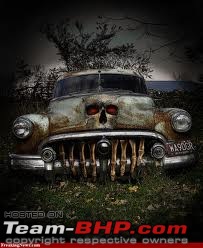
This is a silent killer. You may even call it as the cancer of cars. You won't even know when it will become a big issue. Today's cars come with rust protection from factory for an average of 7 years. Some of the cars (especially earlier mahindra's and tata's) faced this issue. The thing is, even if your drivetrain components are rock solid reliable, they'll be useless if they just fall through. Another problem with rust is, if and when you meet with an accident, your body panels are much weaker and there is possibility that you may have to absorb more of the impact directly.
If you see even a hint of rust on your car, have it attended to in priority. Prevention is the best cure.
10) Steering
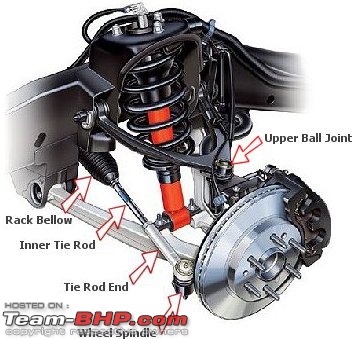
Pic source:
www.2carpros.com
My knowledge is limited to rack and pinion design only. Quoting from wiki directly: steering wheel turns the pinion gear; the pinion moves the rack, which is a linear gear that meshes with the pinion, converting circular motion into linear motion along the transverse axis of the car (side to side motion). This motion applies steering torque to the swivel pin ball joints that replaced previously used kingpins of the stub axle of the steered wheels via tie rods and a short lever arm called the steering arm.
Of course, every part should be visually inspected, but give a special preference to tie rod ends.
These are the things that I can think of which are downright dangerous to ignore. Please add any other points which you think that can be downright dangerous if ignored.
Please don't add things like battery check, struts check etc. These things, although not good, will not cause a dangerous situation.
Thanks,
Simple_car
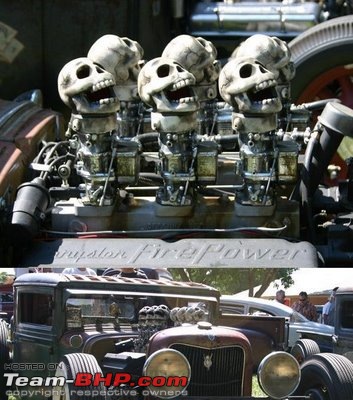
References:
1.
http://en.wikipedia.org/wiki/Ball_joint
2.
http://en.wikipedia.org/wiki/Timing_belt_(camshaft)
3.
http://en.wikipedia.org/wiki/Steering (30)
Thanks
(30)
Thanks



 (1)
Thanks
(1)
Thanks
 (1)
Thanks
(1)
Thanks
 (2)
Thanks
(2)
Thanks


 (2)
Thanks
(2)
Thanks
 (2)
Thanks
(2)
Thanks

 (3)
Thanks
(3)
Thanks






















